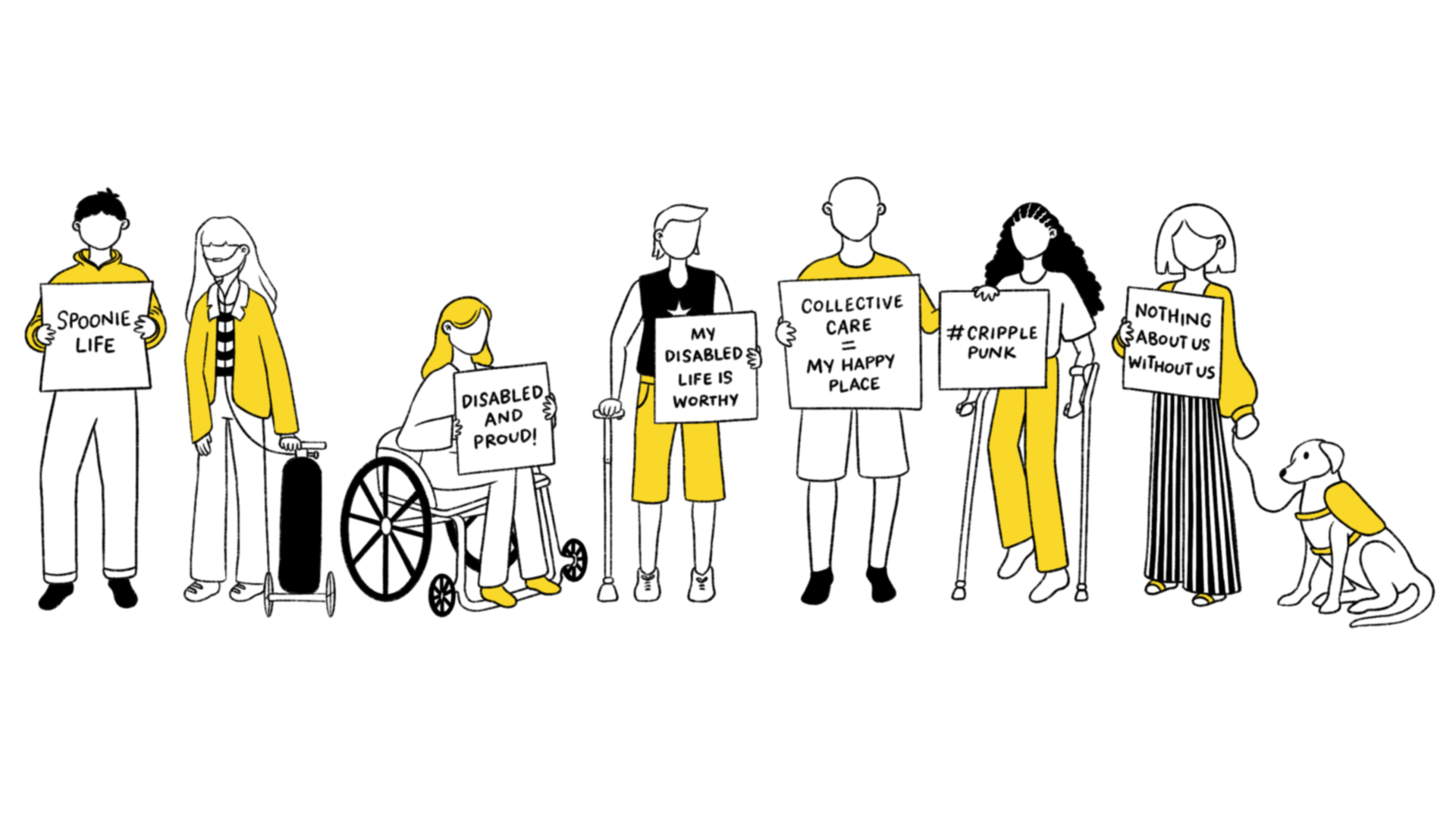
Illustration by Alexandra Westrich
Australia vs. America: Voting in the age of apathy and authoritarianism
Imagine a world where it is a crime not to vote, and here you could be fined for not showing up on election day. Unthinkable! Au contraire. There are thirty-two nations in the world with compulsory voting for all eligible citizens, and around nineteen of these enforce their rules, including Argentina, Switzerland, Belgium, Australia, Greece and Mexico. More than 6 billion people use compulsory voting in determining their form of government, according to the Australian Electoral Commission (AEC). Perhaps it’s not such a wacky idea after all.
Australia is an interesting case in point. By Australian law it is required that all eligible citizens register to vote. A whopping 95 percent of registered voters show up to cast their ballot, and elections are held on Saturdays, meaning less inconvenience for most voters.
If this mandatory rule sounds somewhat fascist, consider this: according to the AEC, approximately 15 percent of eligible Australian voters do not actually register, and the Australian Government does not follow up on this matter, except via generalized advertising campaigns. Still, an 85 percent enrollment rate is strikingly high. A variety of recent Australian polls have found approximately 74 percent of Australians support compulsory voting and have no problem being forced to vote in free elections (a delightfully thorny paradox).
As a consequence, Australia’s election campaigns are targeted more at policy than at getting voters to turn up, and there is substantially less scope for sensationalist, attention-seeking political stunts. That is not to say that Australian election campaigns are less grubby than American ones (though they are certainly poorly funded by American standards), but it is notable that the Australian public already knows it has to make a political decision, rather than having to be persuaded into thinking about politics at all.
I have thus opened the squirming can of worms that is the compulsory vs. voluntary voting debate. At the heart of the matter is the conflicting conception of what a vote is: is it a civic responsibility, or a human right based on choice? The latter notion tends to apply to the United States. Yet it seems contradictory that other civic responsibilities—such as paying tax, attending school and jury duty—are generally accepted as par-for-the-course in democratic life.
The 2004 US Census revealed that 65.9 million eligible Americans were registered to vote. The reasons given included: not being interested in politics, not meeting registration deadlines, not being eligible to vote, not knowing how to register, not believing their vote would make a difference, and not meeting residency requirements. Many of these reasons are not related to general feelings of apathy and desire to be separate from the political system: several are simply circumstantial, resulting from subtle discouragement and plain old bureaucratic convolution.
Added to this mix, of course, are covert (and sometimes overt) voter-suppression campaigns carried out in the United States. According to Frances Fox Piven, author of Why Americans Still Don’t Vote, the relevance of voter-suppression campaigns is highly significant: “It has historically and today been a more important campaign strategy than voter mobilization. It is virtually an axiom in the study of American politics that political parties mobilize voters. Sometimes they do. But more typically they work to block some of the voters who are likely to vote for the opposition.”
Students, for example—a demographic group known to have strong opinions about government and policy—have very low enrollment and turnout rates. Piven addressed this question: “Why don’t students vote much? Well, considered as an independent act, voting doesn’t make much sense. One vote doesn’t change the outcome.” The “relevance” of an individual’s vote needs to be understood as significant in symbolic terms.
The seemingly inexorable gap between “voters” and “students” became abundantly clear to me when I registered to vote in Illinois in October. The process was complicated, and no one seemed to know what to do with me. I was even cross-examined by an official as to whether I would be able to show up on polling day: “What will you be doing on February 5, 2008? You’ll be in class won’t you? Will you actually be able to make it?” After much eyebrow-raising, they enrolled me. Phew.
So, is it chiefly apathy, dissatisfaction, or systemic factors, that boldly lead the way in the culture of low voter registration? In Piven’s view, “Low voting and registration refl ects both procedural obstacles and apathy, but the two are related in the sense that procedural obstacles that keep lower strata voters from the polls also ensure that candidates will pay less attention to their issues or their symbols.”
Looking at the level of bare statistics, the problems of voluntary voting become abundantly clear: In the United Kingdom in 2005, only 21 percent of the possible voting population returned the Government to office. According to the 2004 US Census, only 58.3 percent of the American voting-age population cast a vote in the 2004 Presidential Election, which means that less than a third of the voting-age population actually voted for the Government. To say nothing of the Electoral College system (we’ll save that one for another day).
Proponents of compulsory voting argue that a loss of information is detrimental to a democracy, and that having more “voices” engaged in a democratic system ensures proper representation. It is generally accepted that voluntary voting tends to result in a lower turnout in socio-economically poor sectors of the population, resulting in unequal representation.
Critics of compulsory voting, however, counter this claim, arguing that the system imposes upon people who are disinterested in politics, or who don’t feel represented by the available political parties. An Australian pro-voluntary voting website, oddly named Compulsoryvoting.org, has argued that: “The poor and the marginalized are ‘denied’ the vote because the poor and the marginalized themselves decide that they don’t wish to vote… When they are therefore forced to attend the voting booth, their vote is either in opposite order to the candidates they hate the most, or a “flip of the coin” instantaneous decision for whichever candidate has the nicest smile or the catchiest one-liner.”
To suggest that the uneducated members of society shouldn’t be forced to vote because they are uninformed and might vote “incorrectly” is deeply problematic. At this point, do we start saying that “stupid” people also shouldn’t sit on juries and have babies? An American study in 1997 (Lau and Redlawsk) found that 75 percent of voters cast their choice “correctly,” in the sense that “the same choice would have been made under conditions of full information.” This suggests that a voluntary system suffers the loss of a large percentage of “correct” votes—that is, views that are unheard and unrecorded. Governments elected by a small voting population lose legitimacy and have fewer claims to having a mandate although they will naturally act as though the whole country supports them.
But we must be clear here: mandatory voting does not necessarily result in a completely fair outcome: other problems in mandatory systems are inherent to political structure. In a two-party voting system the electoral process can ask voters—who may not feel represented by either of the major parties—to lie.
A familiar phrase used in the lead-up to the 2004 and 2007 Australian federal elections was: “the lesser of two evils.” Perhaps in subtle response to the dilemmas of a two-party division of votes and overly complex voting procedures, Australia has a relatively high rate of “spoiled” votes, but the link between informal voting and compulsion is diffi cult to prove. Some of these votes are incorrectly numbered, some have ticks, crosses, slogans or drawings, but many are simply blank.
And then there are the “donkey votes.” Down Under this doesn’t mean voting Democrat. Donkey votes are deliberately random numbers marked on a ballot, from one to two, and so on, down the ballot paper. There is also the “reverse donkey,” which sounds like a freaky sexual position, but it’s really just numbers in reverse, up the ballot. Because donkey votes are legitimate votes, no one knows how much of any vote is accounted for by “donkey,” but the practice has certainly entered the Australian public’s imagination. At the community sausage sizzle that persists at local schools on election days, a broad spectrum of the population gathers, stands in line, fanning themselves with “How to Vote” cards… and someone is bound to crack a joke about donkey voting.
In present conditions in the United States a mandatory system would be unworkable: the concept of voting as a choice is deeply ingrained in the public’s consciousness; many would simply object to being told what to do (as many objected to being told to wear seatbelts).
In a compulsory system such as Australia, there is practically no scope for underhanded or systematic discouragement of voting. Neither the mandatory nor voluntary systems are ideal, but Australia’s experience can teach us what might be possible in terms of democratic participation on a mass scale if attitudes to voting were re-evaluated, and if the processes for enrollment and casting a ballot became more accessible, uniform and transparent.




















